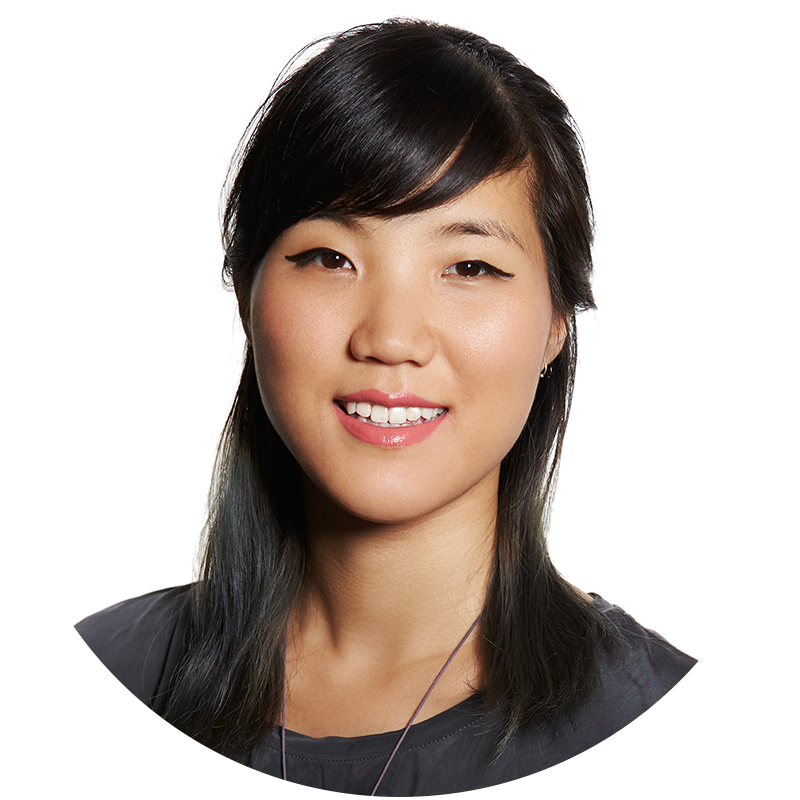Why the Age-Old Question: “What do you want to be when you’re older?” is Obsolete.
You’ve probably heard it before and you’ll probably hear it again, chances are that you’ll change careers at least 5 times during your working life. Speaking from personal experience this rings true to home. Over the last 8 years of my working career I have worked in an eclectic range of roles in several industries including law, fashion, branding, production, project management and graphic design. At each stage of my professional career I often thought that I was working in my ‘dream job’, but I have been constantly challenged on this belief, making my career journey an interesting and unpredictable one.
My career story to date is a fairly common one. In fact, some studies have revealed that it is now commonplace for Australians to have 17 different employers across 5 different careers during their working life.
If there were one piece of advice I could give to those entering the job market, it would be to focus on your skills, strengths and areas of interests rather than placing all your efforts on that ‘dream job’. The belief that we should all have a traditional linear career is quickly diminishing, and in its place is a mindset that reflects a more dynamic, flexible working life.
With global economic forces such as automation, globalisation and collaboration dramatically changing the landscape of our working lives, it is inevitable that your first job and your last job will be significantly different. This is especially so considering that the most in-demand occupations and specialities today did not exist a decade ago.
A recent report from the Foundation for Young Australians (FYA) titled “the New Work Mindset” has revealed that the skills you have will allow for job mobility depending on which “job cluster” you are in. After analysing more than 2.7 million job advertisements, which covered 4,600 unique skills requested by employers, the report found there to be 7 new job clusters in the Australian economy. The categorising of jobs into clusters by the FYA assists young Australians entering the job force to navigate the new work order and better understand the skills that will be needed for future jobs.
So the question to ask is – what job cluster do you belong to?
Identifying which job cluster you are most comfortable in is paramount to making career transitions achievable and to strategise your future working life. Additionally, it highlights a current trend in reconceptualising traditional notions of ‘careers’ and identifies the similarity between certain jobs and how your skills can be portable between these jobs.
The clusters have been defined by FYA as being:
- The Artisans – those who have skills in manual tasks related to construction, production, maintenance or technical customer services.
- The Generators – those who have a high level of interpersonal interaction in retail, sales, hospitality and entertainment
- The Coordinators – those whose career will involve repetitive administrative and behind-the scenes process or service tasks.
- The Informers – those who will teach and provide information or business services.
- The Designers – those who will use their expertise to deploy skills and knowledge of science, mathematics and design to construct or engineer products or buildings.
- The Carers – those that will improve the mental or physical health or well-being of others.
- The Technologists- those who have the skills to understand and manipulate digital technology.
When thinking about which cluster you belong to it is best to reflect on your interests, passions, and strengths. In addition, gaining experience early in your career will allow you to test your fit within a job cluster.
Some of the key take homes from the report is that the training and experience you acquire from one job will be transferable to 13 other jobs. Furthermore, the FYA report found that some job clusters will have stronger future prospects than others. If long-term security is a concern to you, the report reveals that those belonging to the Carers, the Informers and the Technologists clusters are most likely to avoid exposure to automation and globalisation and will experience the greatest amount of growth and opportunity in the future.
It is important to note that the report acknowledges that the job clusters are likely to change depending on the creation of new occupations and skills that are demanded and valued by employers.
So before you put all of your eggs in one basket remember that your next job is probably not going to be your last. Embrace the fact that you are most likely to transition between jobs in different fields and your career journey may lead you to roles and environments that seem so unlikely at this moment. So the next time someone asks you what your ‘dream job’ is, consider what your ‘dream job cluster’ is and how your career might develop within that cluster.
Statistics from Foundation of Young Australians, and ABC News.
Featured image courtesy of Unsplash.

By Jae-Hee Park
Design and Media Coordinator
Jae-Hee is a UTS alumni with a background in law and communications. She worked for UTS Careers in the role of Design and Media Coordinator. She is always looking for new opportunities to collaborate with creatives to produce innovative content.






